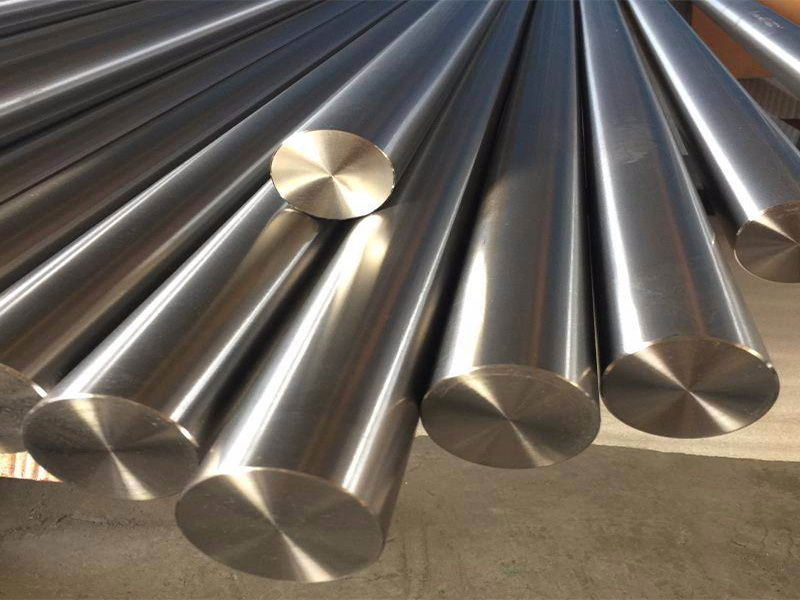

Magnets were first discovered in ancient civilizations 2500 years ago. By the 12th and 13th centuries, compass navigation was widely used in China and Europe. Today, magnets are an important part of modern science and technology. They exist in almost any electrical appliance you can think of, from mobile phone speakers to electric motors, washing machines and air conditioners.
As the demand for magnetic circuit components widely used in industrial equipment increases, the magnet industry continues to develop, and technological progress makes the strength of magnets 60 times that of 90 years ago

Magnetic metals include:
iron
nickel
cobalt
Some alloys of rare earth metals
These magnetic metals can be divided into the following categories:
Permanent magnet
electromagnet
Neodymium magnet
When people think of magnets, they usually think of permanent magnets. These objects can be magnetized to produce a magnetic field. The most common example is the refrigerator sticker, which is used to stick a note on the refrigerator door.
The most common metals for manufacturing permanent magnets are some alloys of iron, nickel, cobalt and rare earth metals.
There are two kinds of permanent magnets: permanent magnets from “hard” magnetic materials and permanent magnets from “soft” magnetic materials. “Hard” magnetic metals tend to remain magnetic for a long time. Common examples are:
An iron alloy consisting of aluminum, nickel, and cobalt. Aluminum nickel alloy can be made into strong permanent magnets. They are widely used in industrial and consumer electronics. For example, in large motors, microphones, speakers, electric guitar pickups and microwave ovens.
Ferrite, a ceramic compound consisting of iron oxide and other metallic elements. Ferrite is used in refrigerator magnets and small motors.
“Soft” magnetic metals can be magnetized, but soon lose their magnetism. Common examples are ferrosilicon and ferronickel. These materials are commonly used in electronic products, such as transformers and magnetic shielding.

Electromagnets are made by winding a coil of copper wire around a magnetic core made of iron, nickel or cobalt. When the current passes through the coil, the coil will generate a magnetic field, but when the current stops, the magnetic field disappears. Electromagnets need electricity to work. Their use is to change the strength of the magnetic field by controlling the current in the wire.
Electromagnets are usually used in electric motors and generators. They are all committed to the scientific principle of electromagnetic induction, which was discovered by the scientist Michael Faraday in 1831, that is, the moving current will produce a magnetic field, and vice versa. In an electric motor, the current generates a magnetic field to make the motor move. In a generator, external forces such as wind, water or steam rotate the shaft, causing a group of magnets to rotate around the coil, thus generating current.
Electromagnets are also used to switch relays, telephone exchanges, railway signals and traffic lights.
The crane of the dump is also equipped with electromagnets, which are used to easily pick up and put down large vehicles. These electromagnets are installed at the end of the crane in the form of circular plates.
A modern train system called “magnetic levitation” (abbreviation for magnetic levitation) uses electromagnets to levitate trains above rails. This reduces friction and allows the train to run at an amazing speed.
Advanced applications of electromagnets include magnetic resonance imaging (MRI) machines and particle accelerators (such as the Large Hadron Collider).

Neodymium magnet is a kind of rare earth magnet, which is composed of neodymium, iron and boron alloys. In 1982, general motors and Sumitomo special metals jointly designed this metal. Neodymium magnet is the strongest permanent magnet on the market. They are used when strong permanent magnets are needed, especially in cordless tool motors, hard disk drives and magnetic fasteners.
Copper and manganese are usually nonmagnetic. However, Oscar cespedes of the University of Leeds in the United Kingdom has developed a breakthrough new technology to convert copper and manganese into magnets.
Cespedes and his team have made thin films of copper and manganese on carbon structures, called Barker balls. When the external magnetic field is applied and removed, the film retains 10% of the magnetic field. This new technology will provide a more biocompatible and environmentally friendly way to manufacture NMR imagers.
Other possible applications include for wind turbines. Currently, wind turbines use iron, cobalt, nickel and rare earth elements. But these elements are expensive and difficult to mine. This breakthrough offers the possibility of cheaper alternatives.

For Further Details,Please Feel Free To Contact Us: